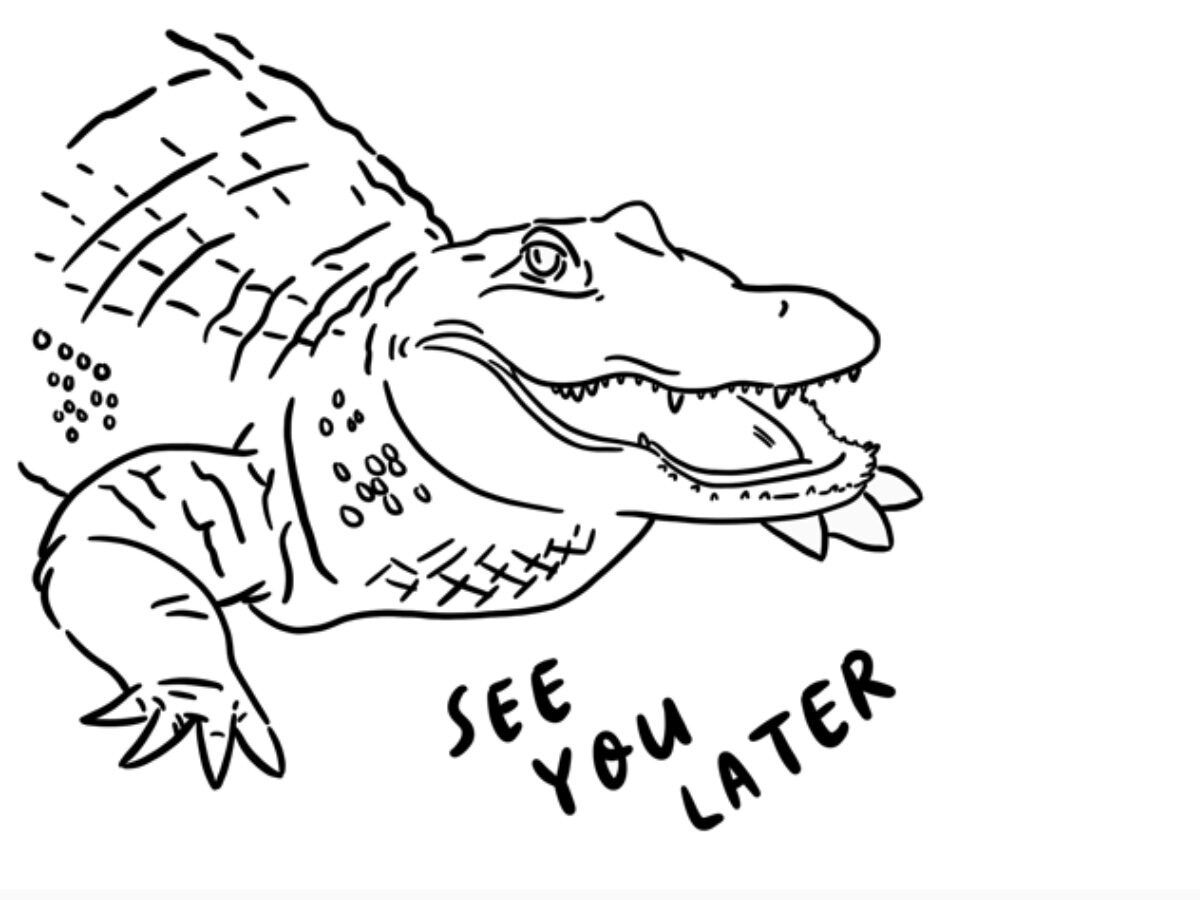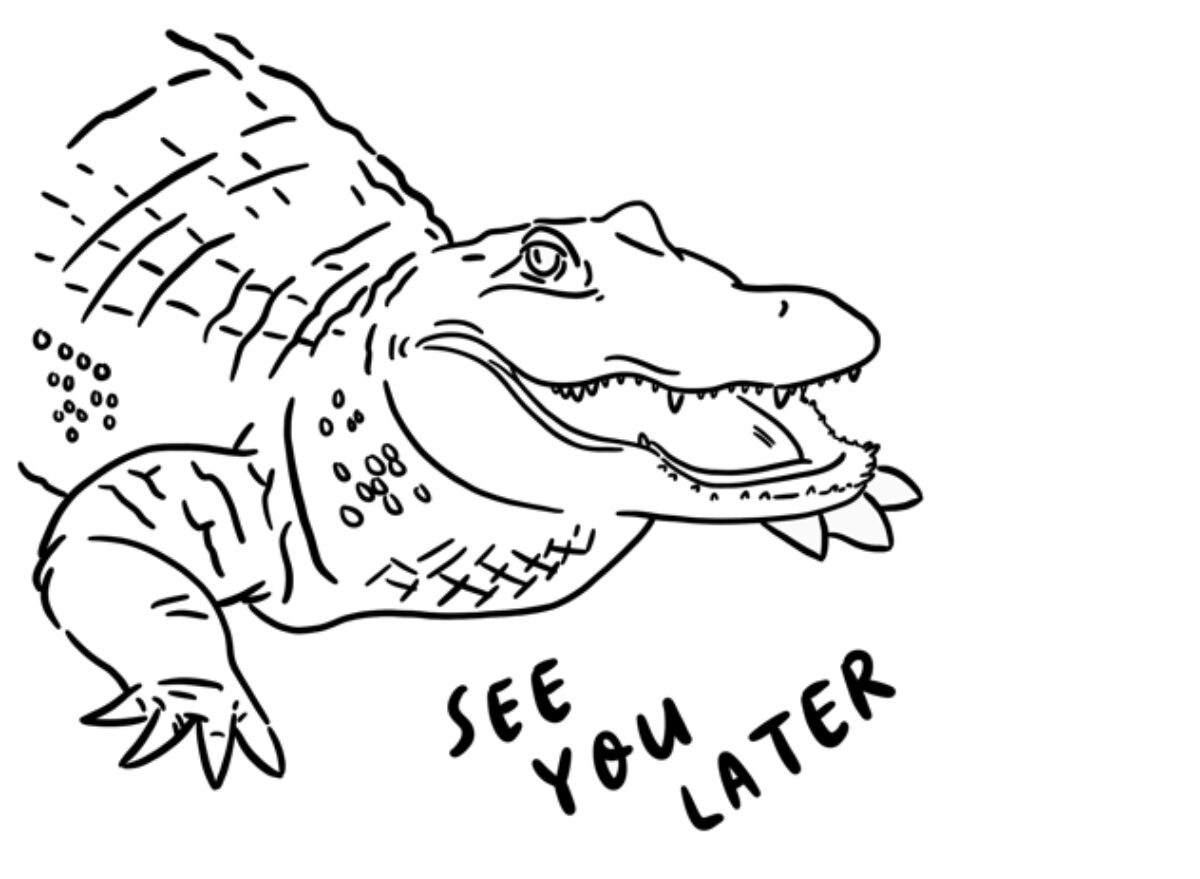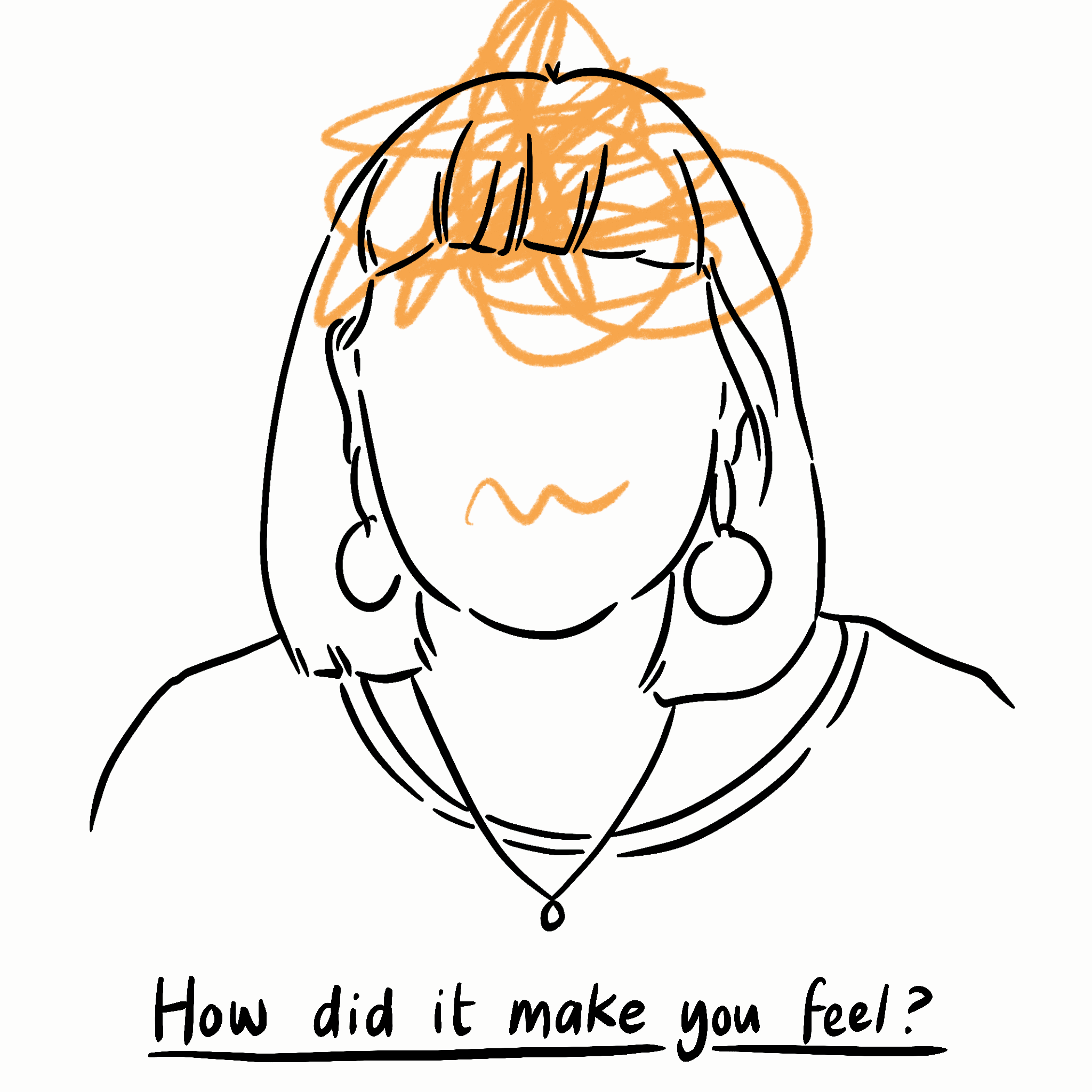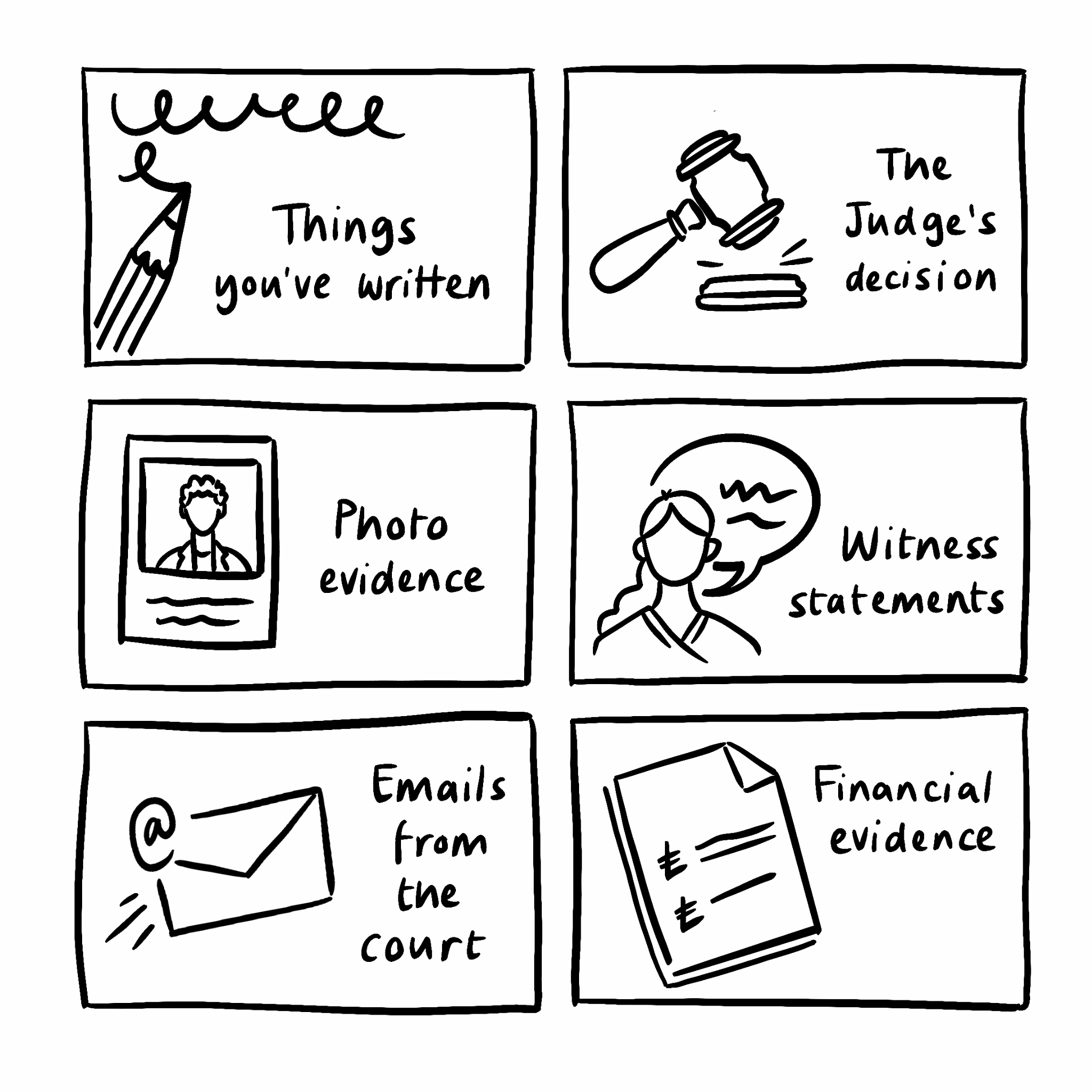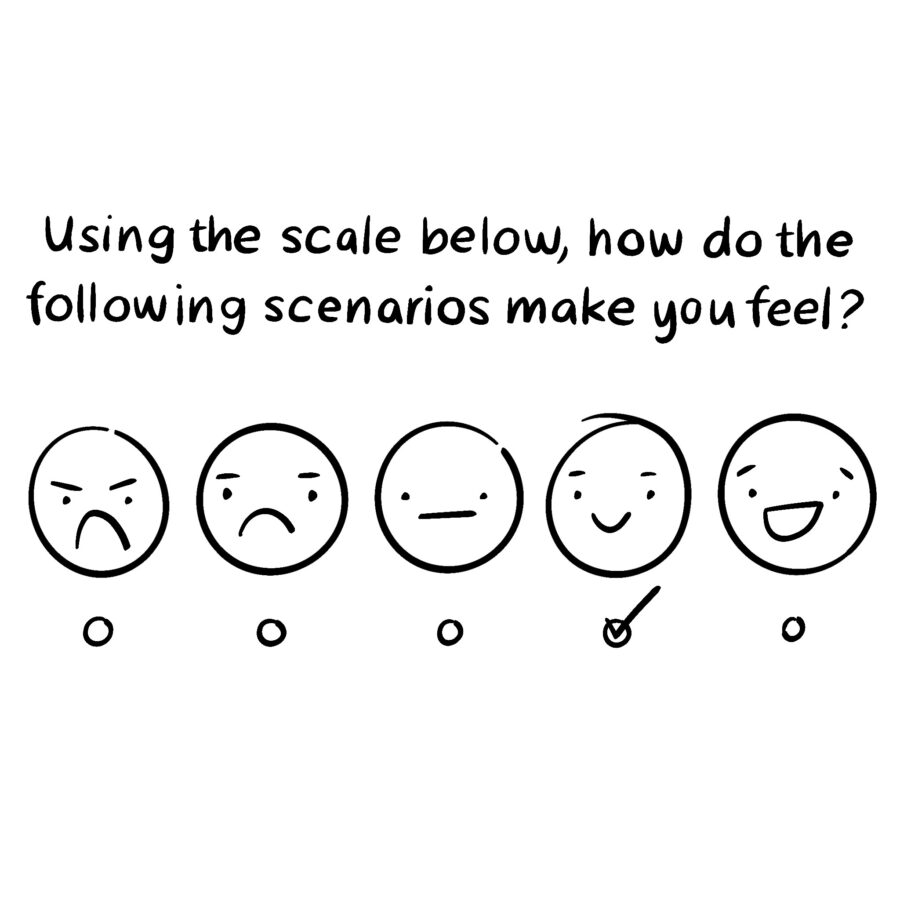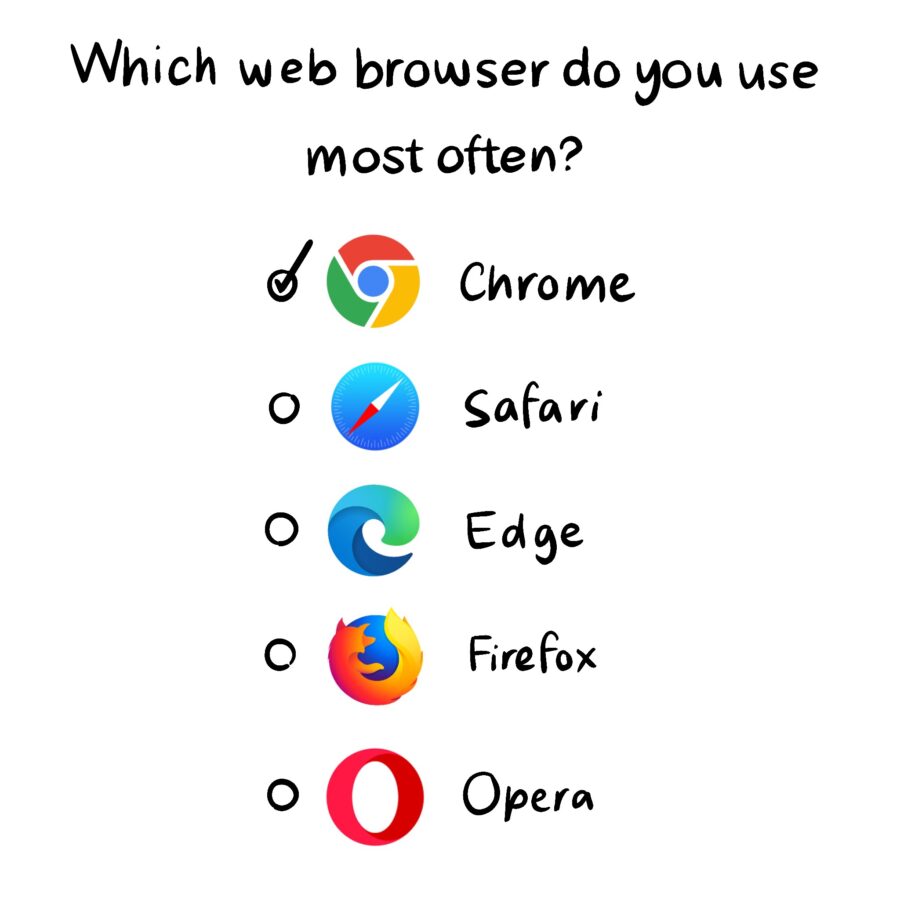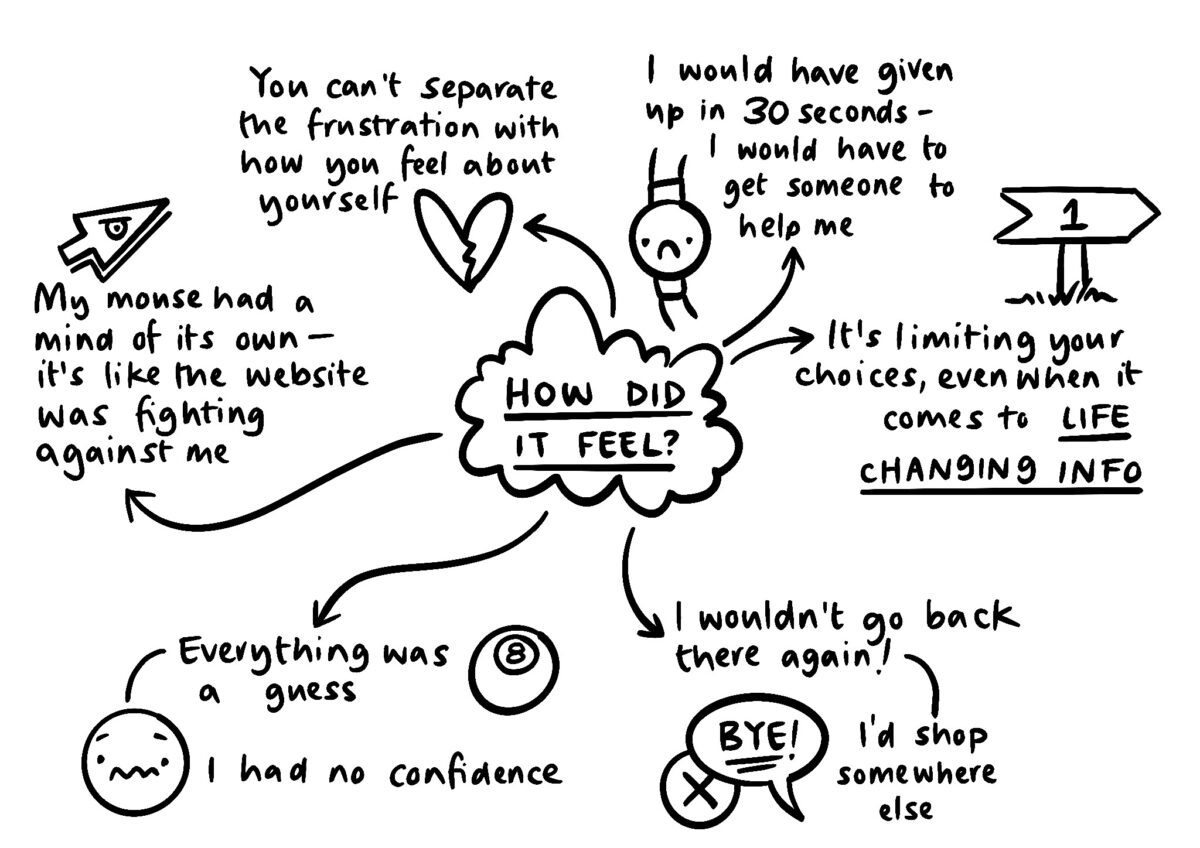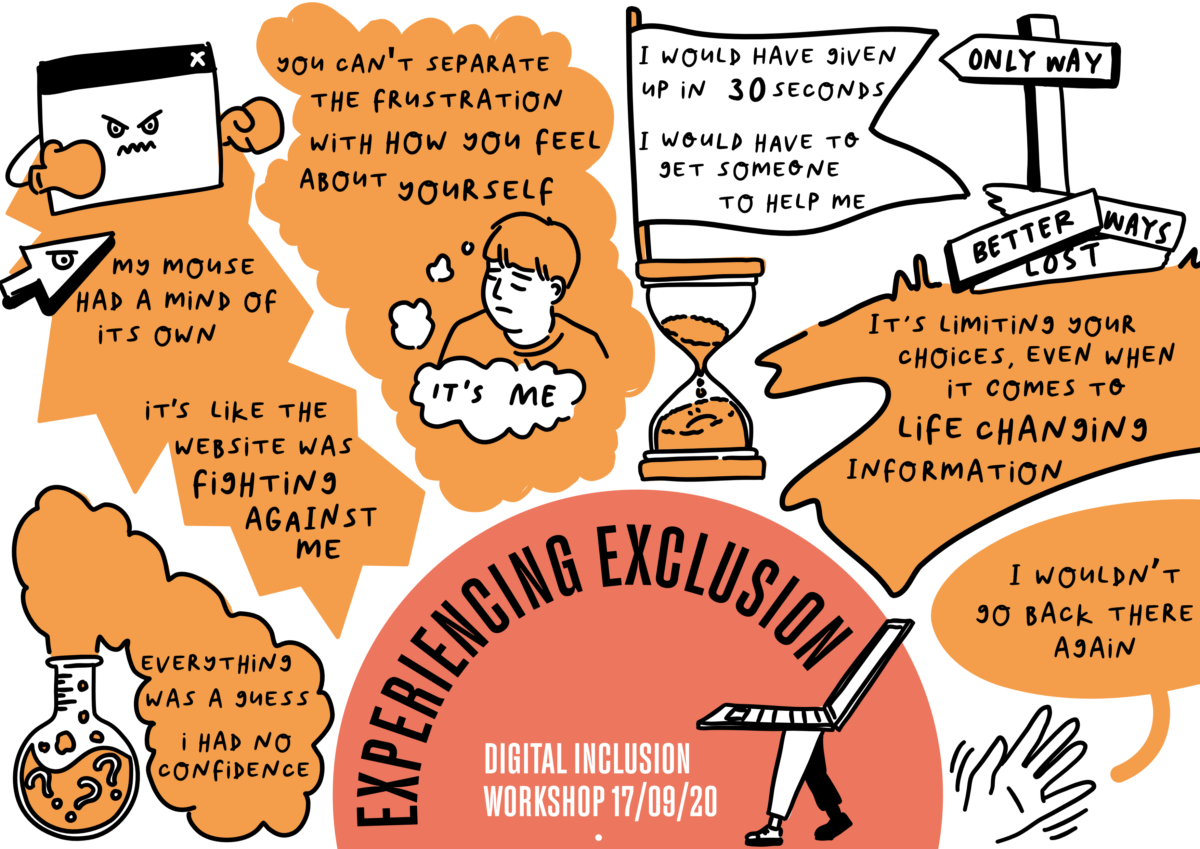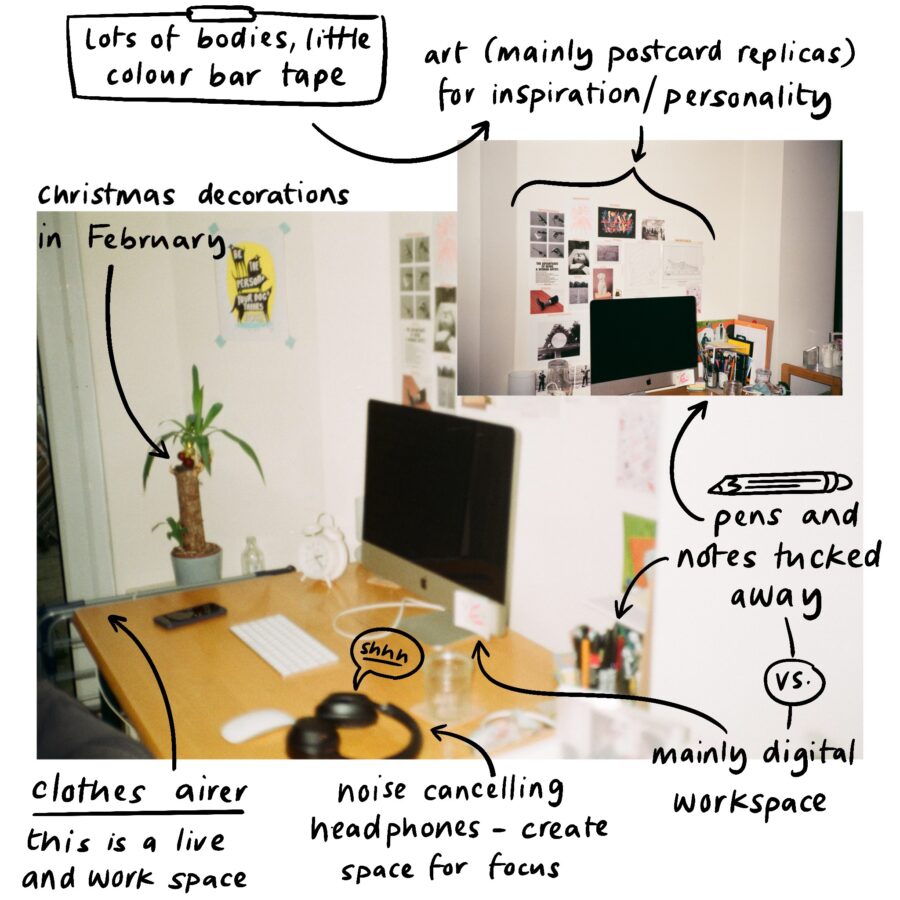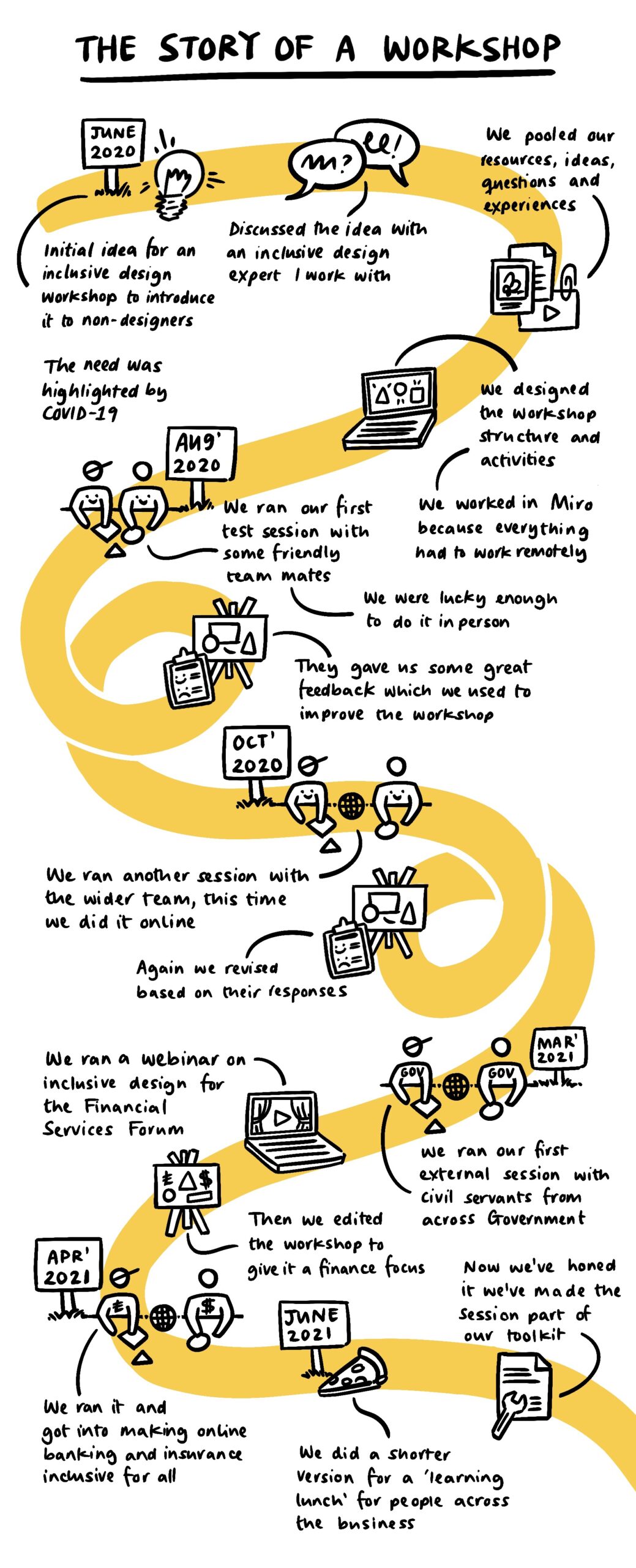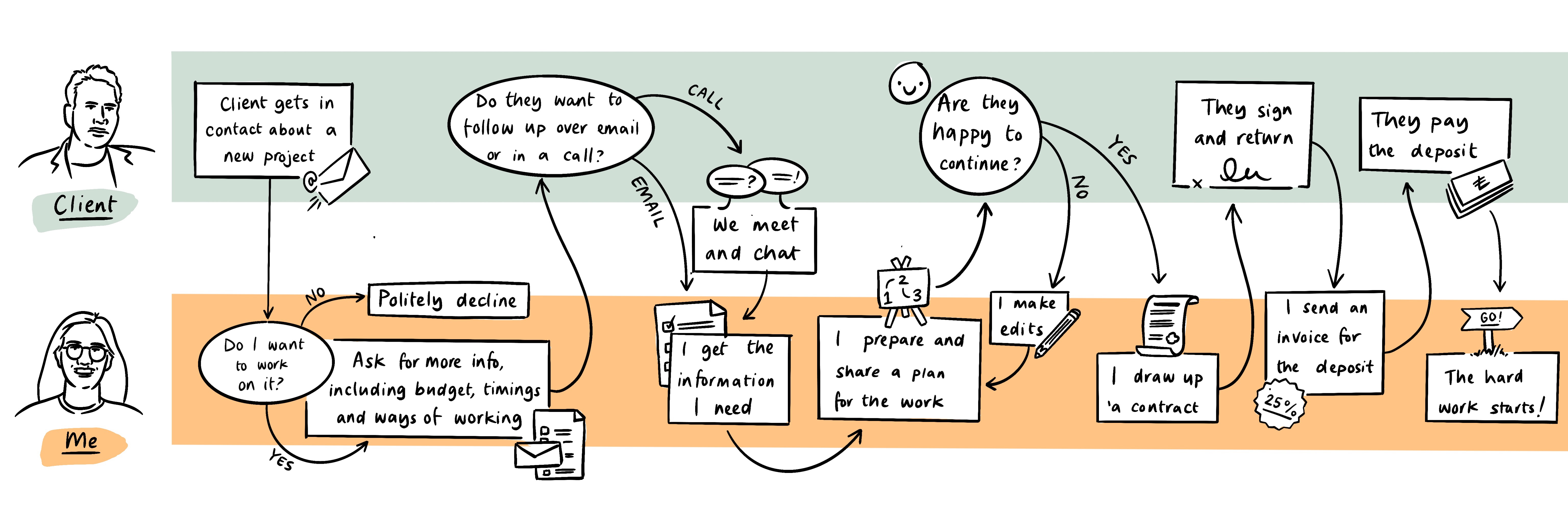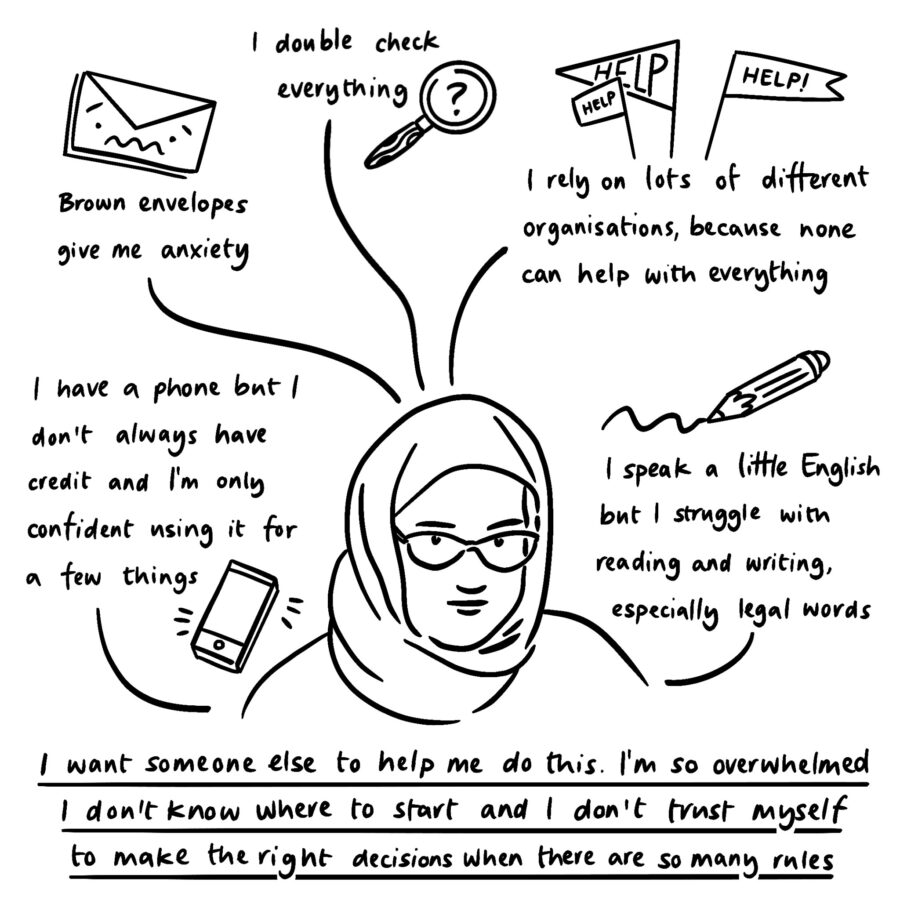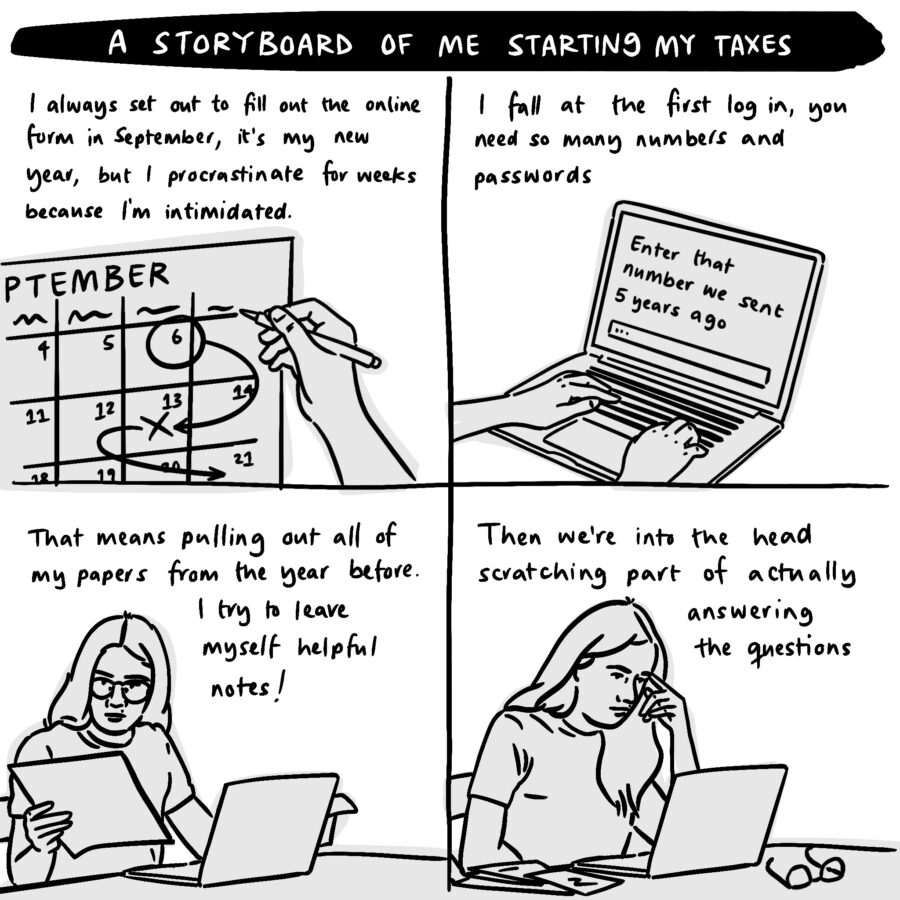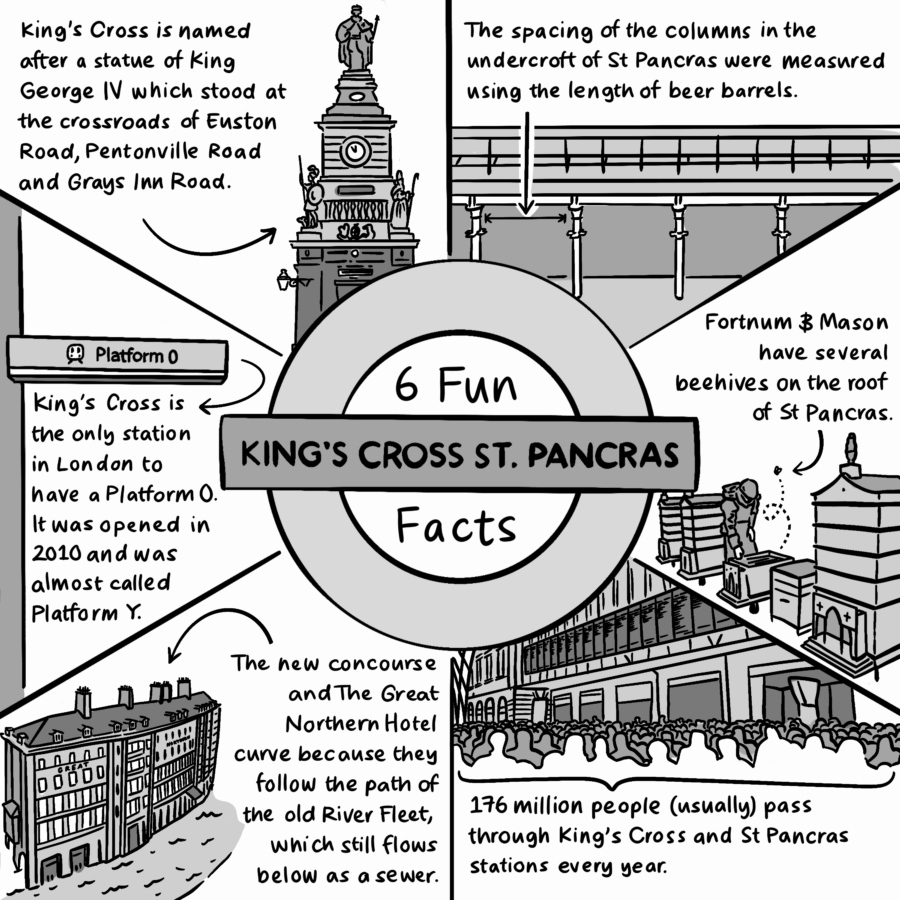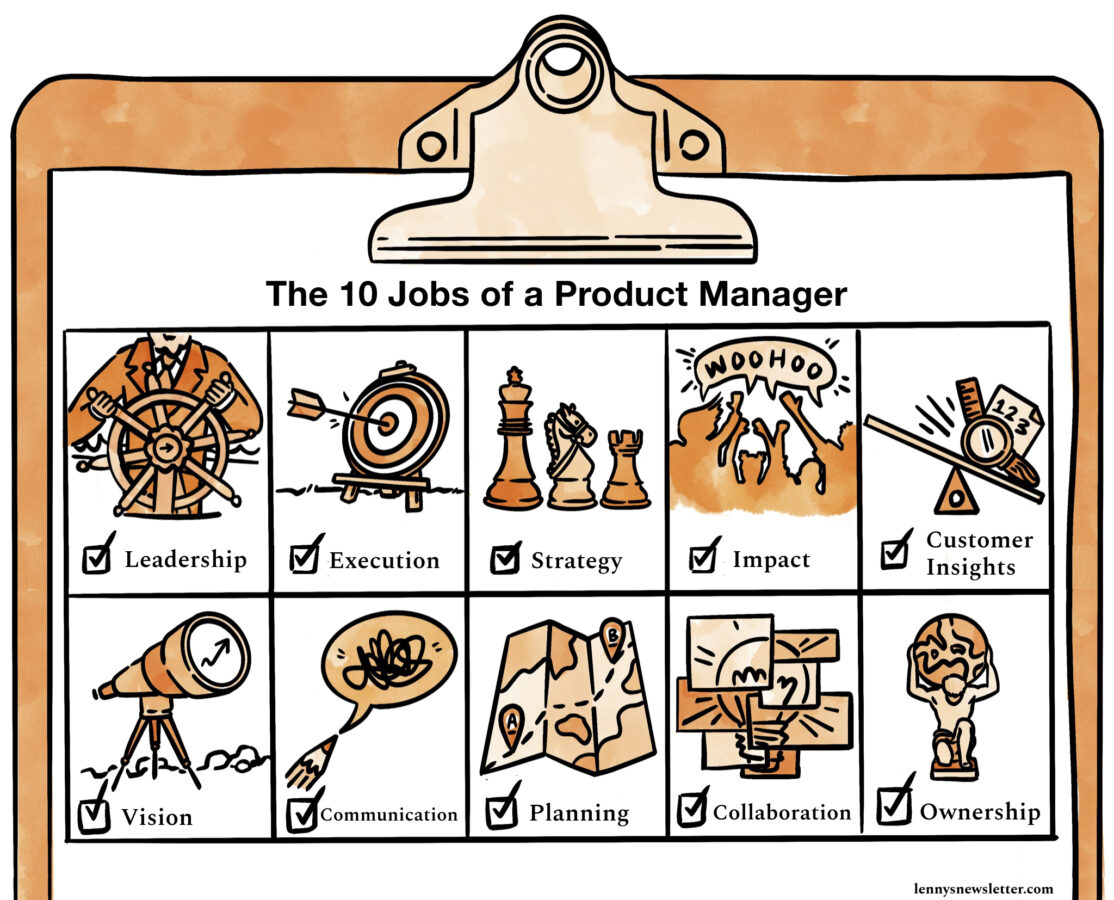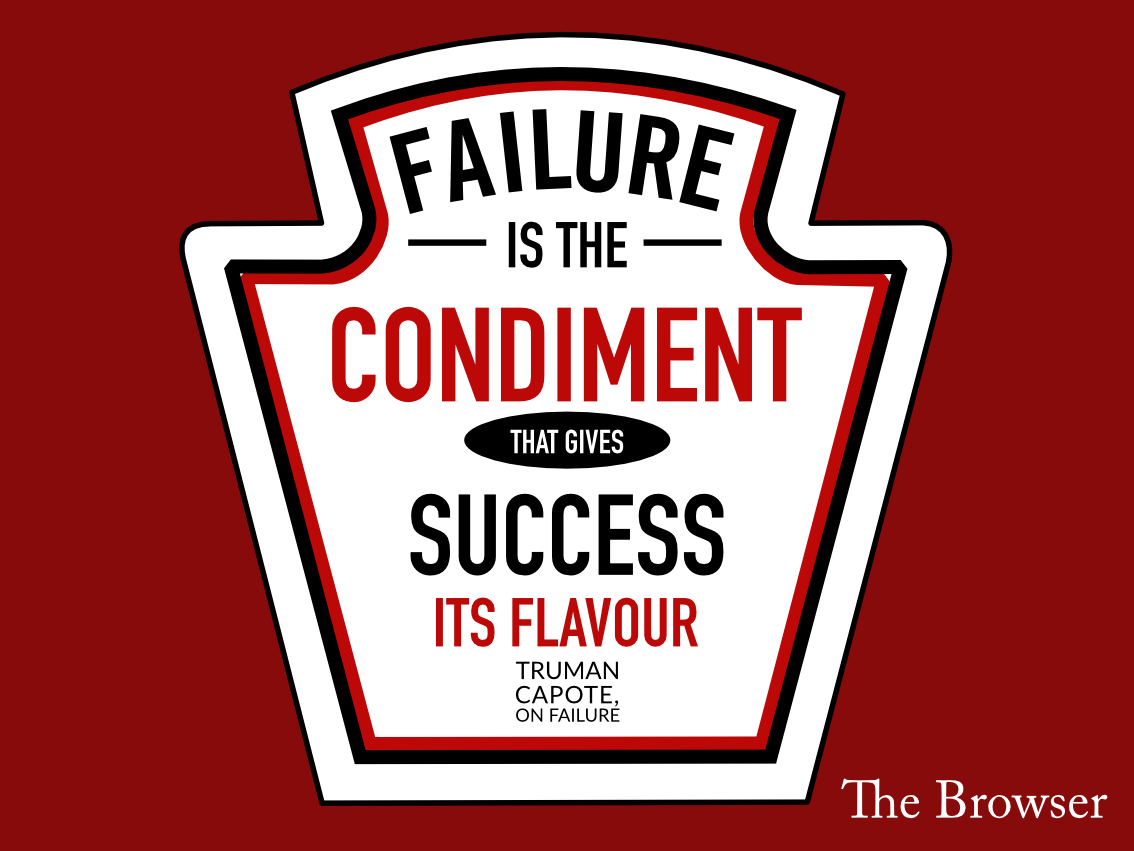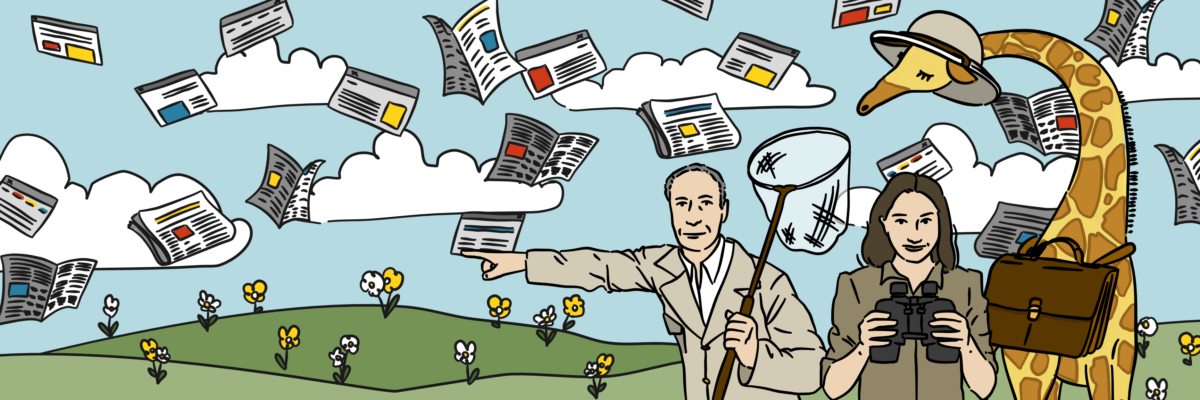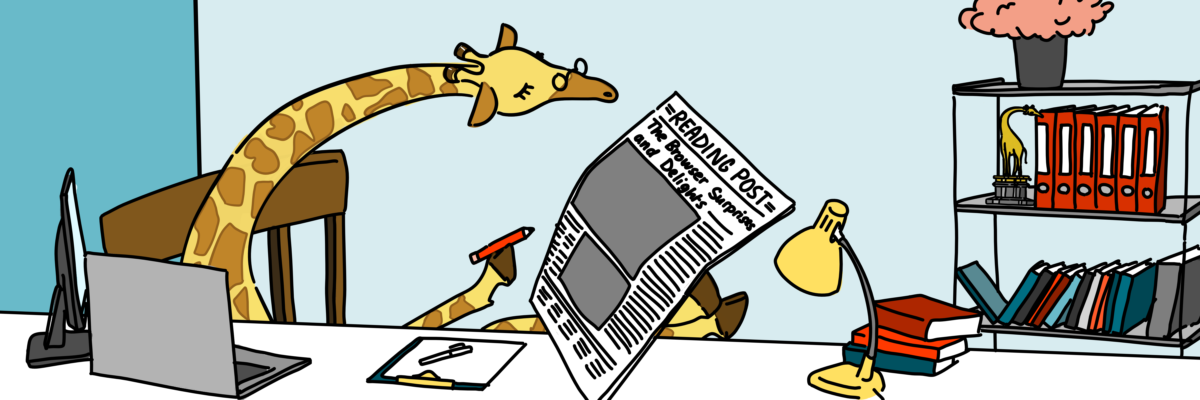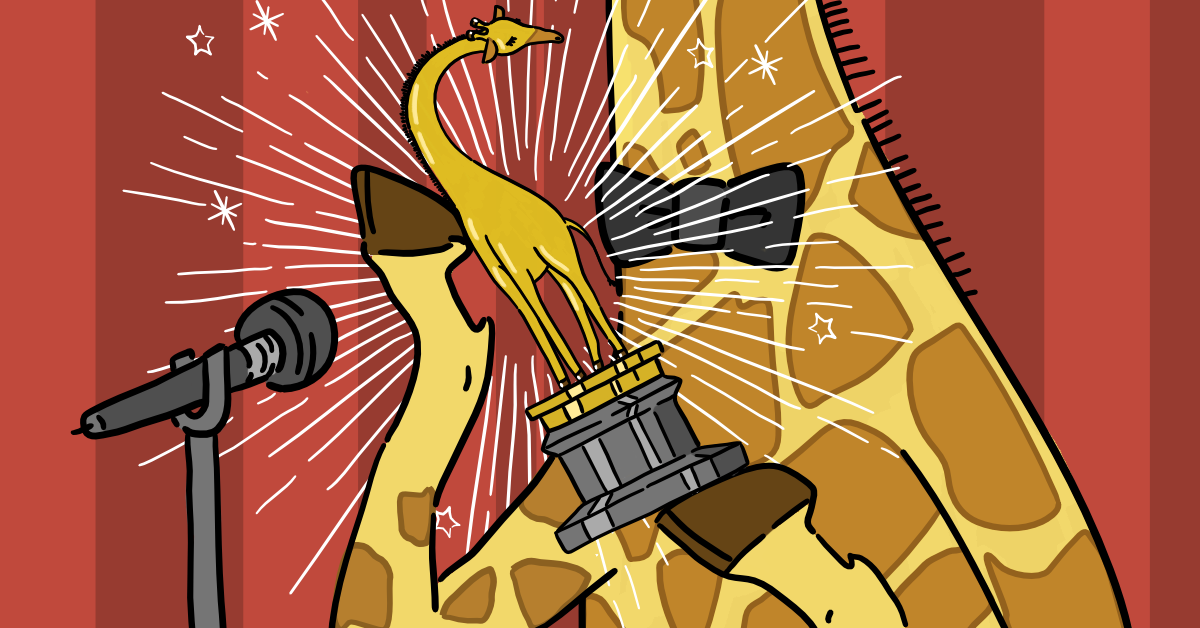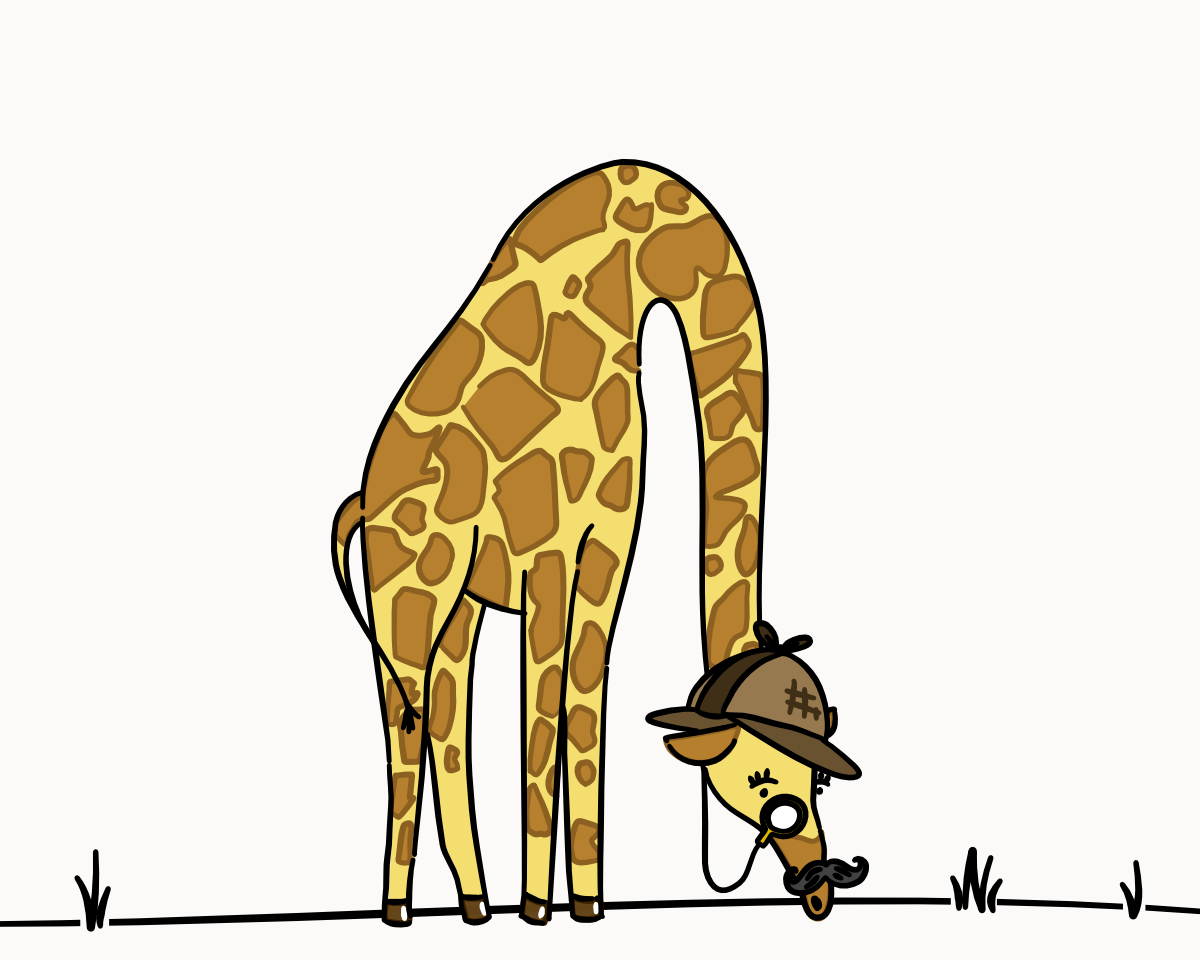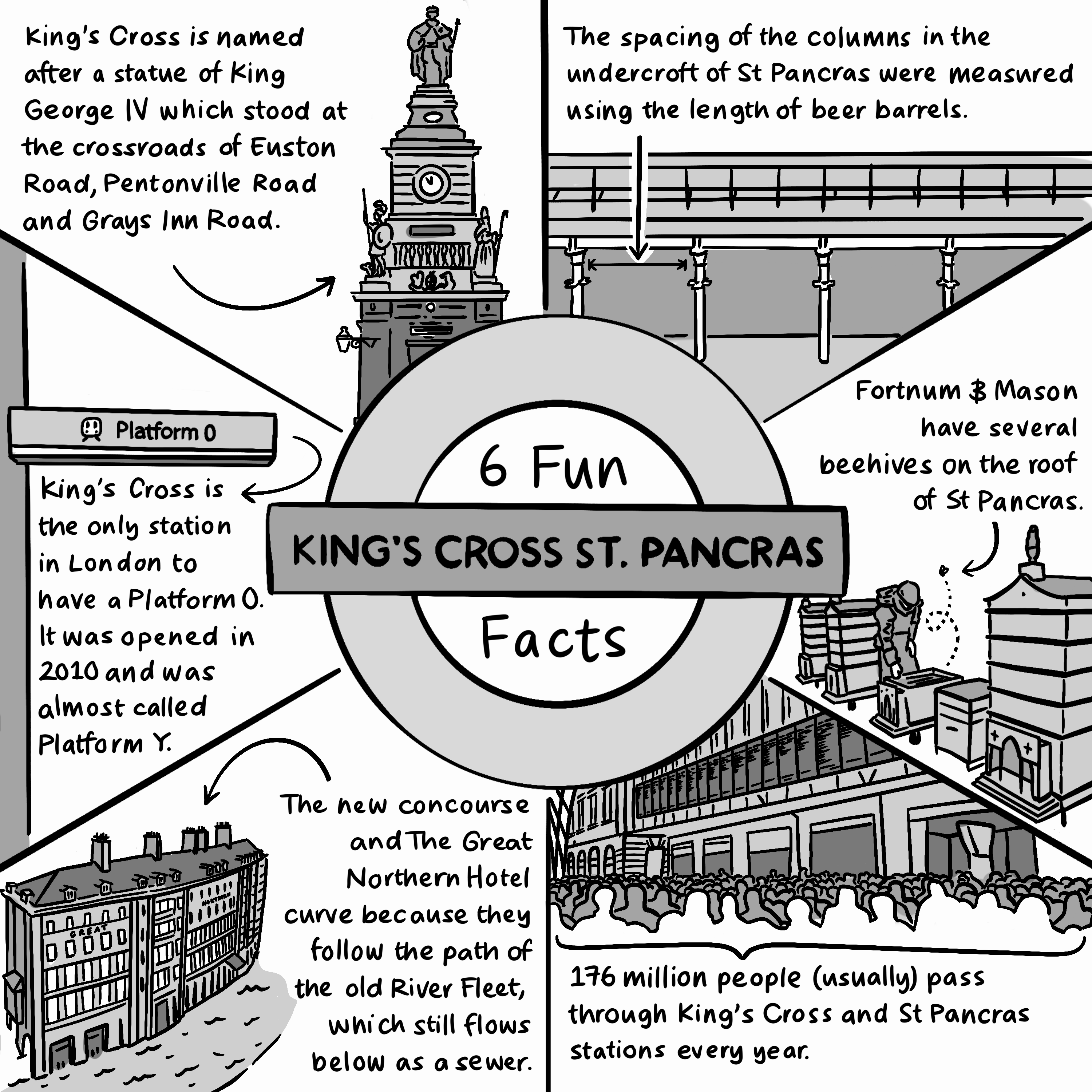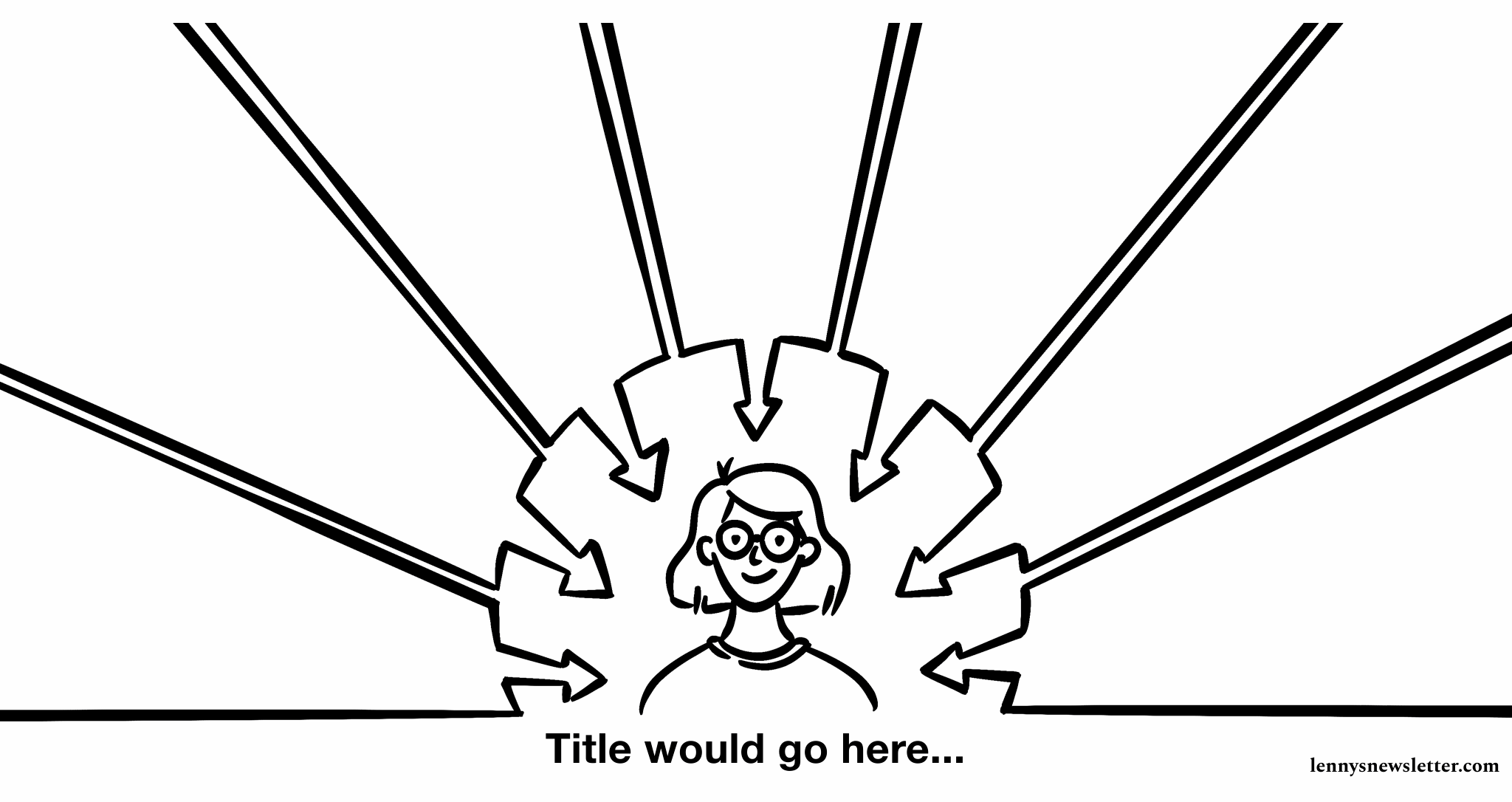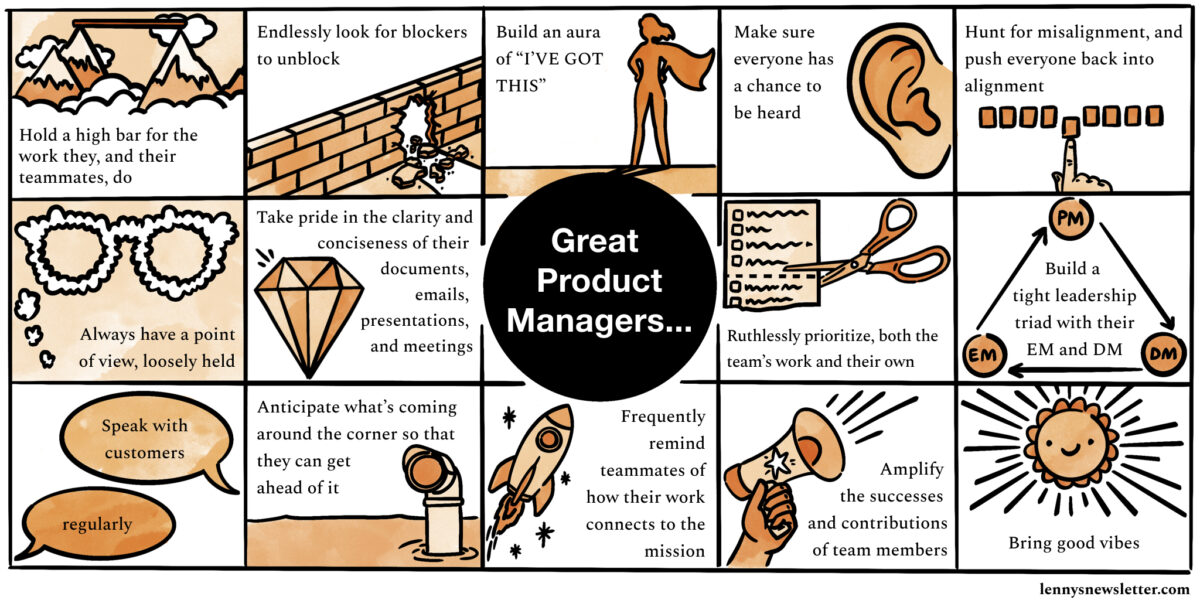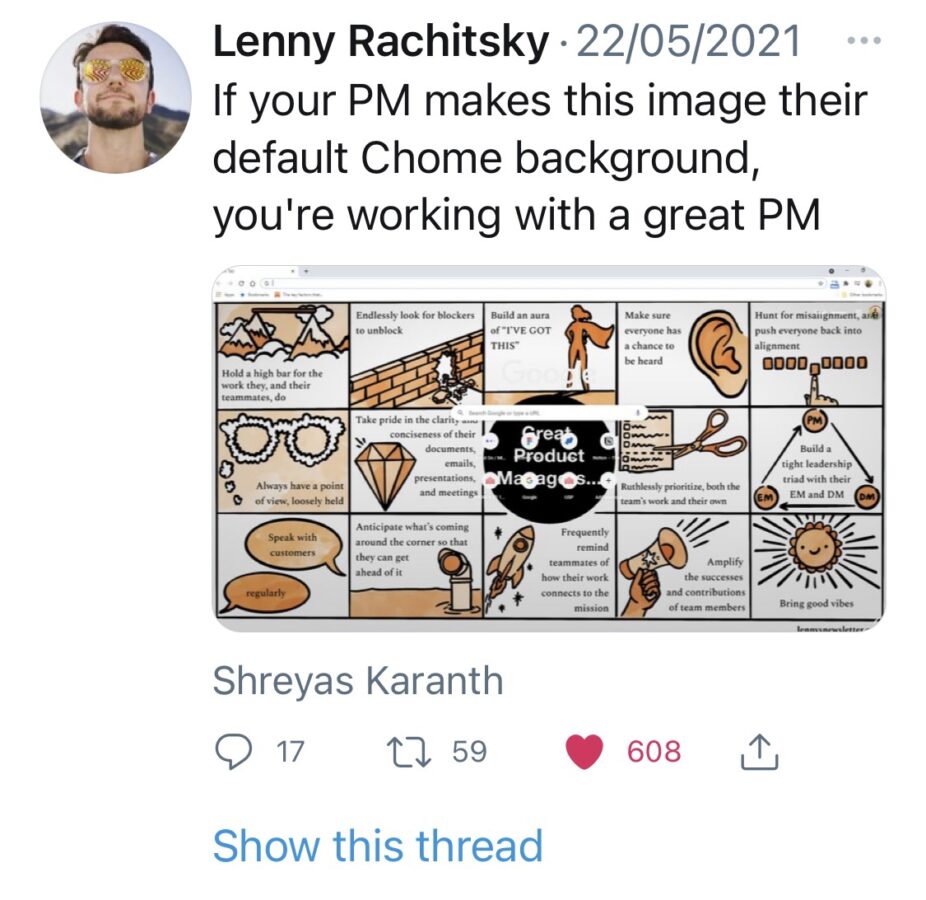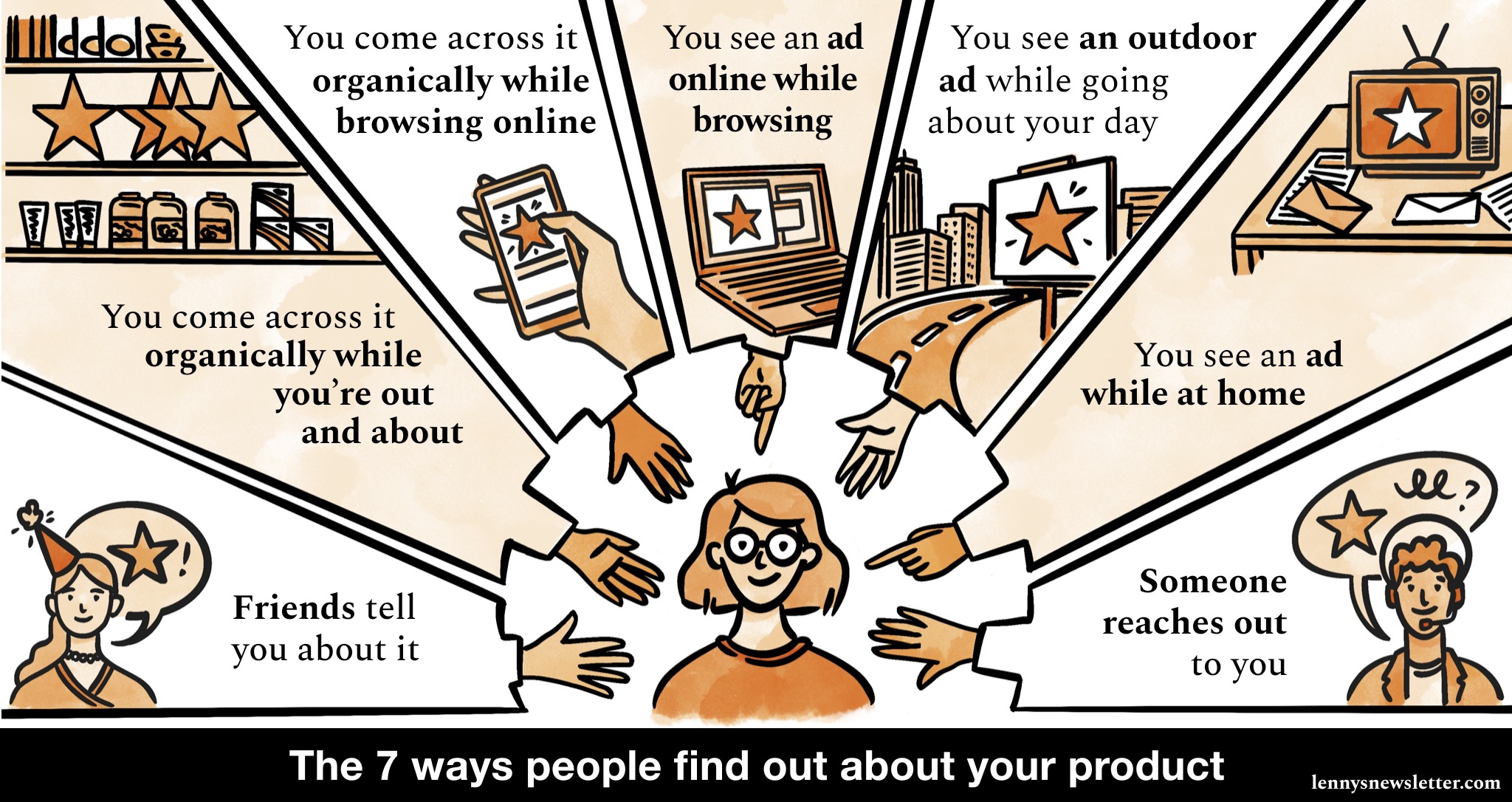Welcome to the 5th, and probably the last, of my birthday entries on this blog.
This will be my 450th post. I’ve created at least as many illustrations to be part of them and written hundreds of thousands of words, trying to share the things I’ve learned and loved over the years. I have no idea how much time I’ve spent making things for this space, but I can say that there have been very few moments over the last 5 years where it hasn’t been in the back of my mind.
As I reflect on the work I’ve done, it feels like the equivalent of an adolescent growth spurt. My body of work has expanded, taken a brand new more grown up form. I’m so proud to have this body of work and that it’s carried me so far. I’m proud I have so much to refer back to, to build on, to help carry me into the next phase of my life.
But right now it’s all arms and legs, and probably needs some time to fill out.
Sure there are moments when I look back at snapshots of that body in growth and I’m embarrassed. I’ve certainly outgrown what this blog was at its beginnings and the moniker I attached to it. Work over easy makes me cringe a little now.
That cringe isn’t why I’m stepping away after 5 years.
Growing this much, creating this much work, carrying this body around, has become exhausting.
I know I’m not the only one feeling it. Everywhere I look people who have been putting work out into the internet, into the world, are burned out. Doing this consistently for so long is hard.
I’ve slowly reduced my output and tried to focus on only making work I really love and I’ve made some things I’ve been thrilled by this year. But slowing down isn’t enough.
I’ve known that since I started. I’ve toyed with stopping for years now. Every time I got close it felt like I was giving up, not moving on. I questioned what the point was if I could just give up this space.
I never had a specific, overt aim when I started work over easy. But I’m sure I harboured some lingering fantasy that it would lead to some external success, that my work would take off, that it would lead to more prestigious platforms, that I’d get accolades and validation.
That never happened. I’ve been fighting with the fact that it never will but that that doesn’t lessen what the process of making it has given me. I’d like to think that it’s brought something useful, or entertaining to the few people who’ve found themselves here over the years.
So this is it. There’s no big bang but hopefully a graceful step forward with my life which is so much more than this website.
While I say this is it, I know that it probably won’t be the end of me illustrating and writing for the web, or of me mediating and documenting my life online. I grew up online, here and in the neighbourhoods that came before. My portfolio will remain a touchstone between me here and there.
See you later alligators.
